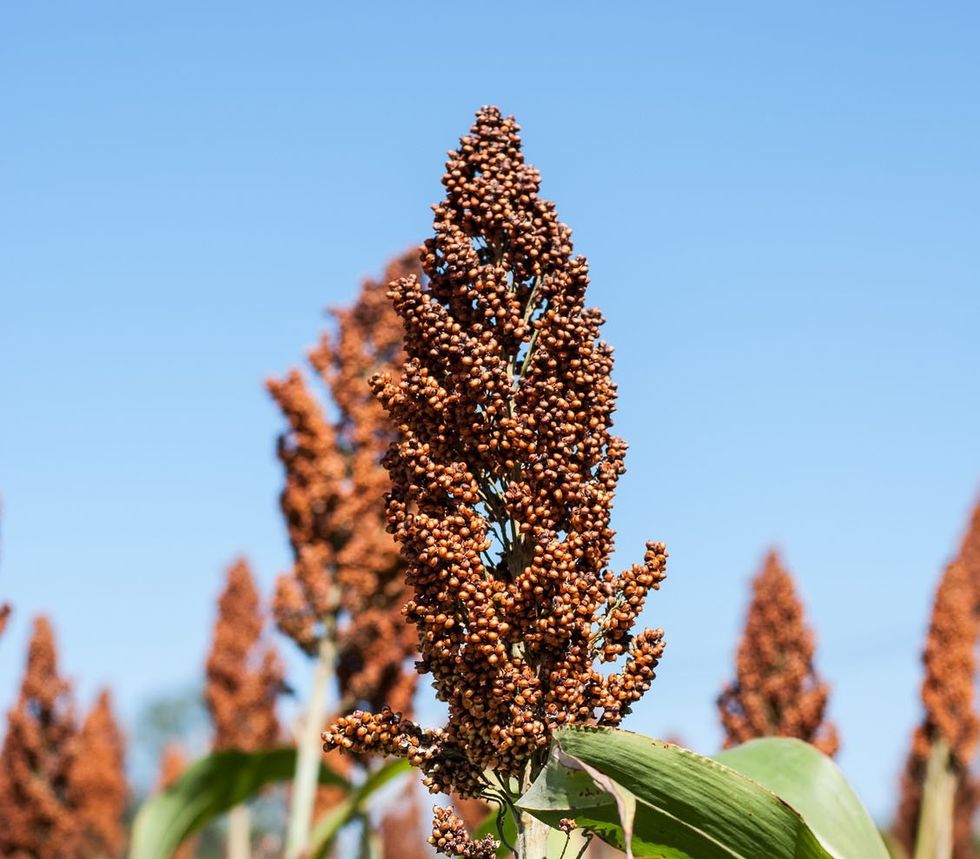Sample These 4 Uncommon (And Fabulous) Whole Grains
By Densie Webb, Ph.D., R.D., Environmental Nutrition Newsletter
You should dish up whole grains as often as you can because they’re good for you. So why not spice up your meals with some new varieties?
These four ancient, highly nutritious grains also happen to be naturally gluten-free and low in sodium. They’re also rich in health-promoting phytonutrients, such as tannins, anthocyanins, and phytosterols.
Because these grains have no gluten, you’ll need to use a binding agent like xanthan gum or cornstarch when you use the flours for baking.
Amaranth
While this grain was a food staple of the ancient Aztec Indians, it’s still around today. Amaranth contains all the essential amino acids (the building blocks of protein), including lysine, which most grains lack, making it one of the most nutritious plant-based proteins.
Amaranth provides almost five grams of protein per half-cup serving, it’s high in fiber and a good source of magnesium and iron. Research also suggests that it may have important cancer-preventive and anti-inflammatory properties.
With its nutty flavor and crunchy texture, amaranth makes a great addition to breads and breakfast cereals. It also can be cooked as porridge or used to make polenta. Amaranth cooks quickly (15-20 minutes), but requires lots of water, about 6 cups for every cup of grain.
Millet
Considered the elder statesman of grains, millet is believed to have been farmed in China 8,000-10,000 years ago. Millet grains are relatively small and yellowish in color. This whole grain is a good-to-excellent source of the minerals copper, zinc, phosphorus, manganese and magnesium. Millet is also rich in fiber.
Millet’s mild flavor lends itself to both sweet and savory dishes. It works well as an ingredient in pilafs and breakfast cereals and can be added to breads, soups or stews. Cook each cup of millet with 21/2 cups of liquid. Or you can substitute about 30 percent whole-grain millet flour for regular flour in your favorite baking recipes.
Sorghum
It may come as a surprise that sorghum is the third largest cereal grain crop in the U.S. It’s more commonly known as milo in the southern U.S. and has been grown in Africa for thousands of years. This grain is rich in iron, fiber, protein and antioxidants.
Sorghum has a neutral, somewhat sweet flavor and a light color, making it a versatile addition to recipes. Use two cups of water for each cup of grain. Its chewy texture is similar to that of wheatberries, so sorghum works well in cold salads, and it’s an outstanding addition to hot dishes like pilaf and soups.
The flour can be used in baked goods. Sorghum also can be popped like popcorn or cooked into a risotto, though it takes longer to cook than other grains.
Teff
These dark grains are tiny; think poppy-seed-size. In fact, teff is the smallest grain in the world: 3,000 grains of teff weigh only about 1 gram (.04 ounces). Because it’s too small to refine, teff is always eaten with the nutritious bran and germ intact.
Teff provides 50 percent more protein, five times the fiber, and 25 times more calcium than brown rice. It also provides vitamin C, a nutrient not commonly found in grains, and is a great source of resistant starch, a type of dietary fiber that research shows can aid in regulating blood sugar, weight loss and colon health.
In Ethiopia, teff is the main ingredient for injera bread, considered the country’s national dish. Teff has a mild, nutty flavor and can be made into polenta and added to veggie burgers, stews, or cooked as a breakfast cereal. It cooks up quickly; one cup of teff to 3 cups of water or stock for 20 minutes.
(Reprinted with permission from Environmental Nutrition, a monthly publication of Belvoir Media Group, LLC. 800-829-5384. www.EnvironmentalNutrition.com.)
(c) 2015 BELVOIR MEDIA GROUP DISTRIBUTED BY TRIBUNE CONTENT AGENCY, LLC.
Photo: The third largest cereal grain crop in the U.S., sorghum is rich in iron, fiber, protein, and antioxidants.


